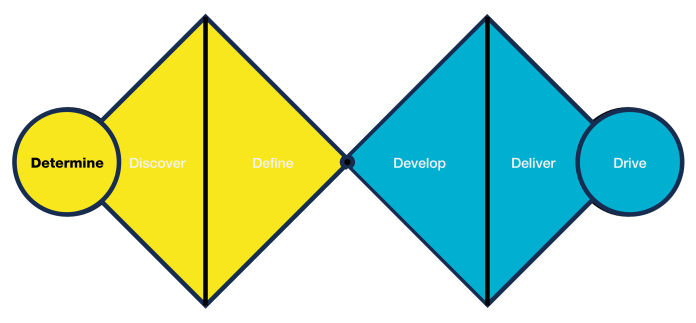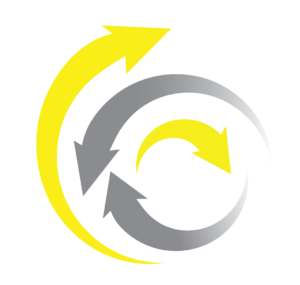English | Chinese (繁體中文)
The Role of This Tool in the First Phase of the Design Thinking method

In the “Determining Major Changes and Challenges” phase, the aim is to understand the broader context and identify significant changes and challenges relevant to the problem. The Challenge Statement assists in capturing the main problem to be addressed succinctly and clearly.
A Challenge Statement is a clear, concise articulation of the problem to be solved. It focuses on the user, their needs, and the insights gained about their challenges. This statement forms the basis of the design thinking process, guiding the team’s efforts towards addressing the major changes and challenges identified.
It embodies the human-centered approach of Design Thinking as it focuses on the user, their needs, and their challenges. It ensures that the user remains at the center of the design process.
By articulating the problem from the user’s perspective, the Challenge Statement ensures that the design process remains grounded in the realities, needs, and experiences of the people we are designing for. It fosters empathy and understanding, key aspects of the human-centered approach. This ensures that the solutions developed are not only innovative but also meaningful and valuable to the user.
The Procedure for Using This Design Thinking Tool
Step 1: Research and Understand: Begin by understanding the problem context, the users, and their needs. This can involve user interviews, observations, or reviewing existing data.
Step 2: Identify Challenges: Identify the main challenges that users face. These challenges should be significant, relevant, and actionable.
Step 3: Formulate the Statement: Write a user-focused problem statement that is concise and easy to understand. It should express the challenge from the user’s perspective and convey the user’s needs and goals.
Step 4: Refine and Finalize: Review and refine the Challenge Statement as needed. This statement may evolve as you learn more about the problem and user.
The Worksheet of This Tool

Note: In order to enhance the efficiency and effectiveness of business innovation and digital transformation projects, we have joined forces with data and digital experts to launch Data-Driven Design Thinking Tools and Technologies. Details have been announced in the seminar of 「數據驅動的設計思維,更快更準實現創新成果」. If you need to revisit the seminar, please click on the following link: https://www.innoedge.com.hk/data-driven-design-thinking-2023







![[Class Recap] Empowering Your Creativity and Innovation Power](https://i0.wp.com/www.innoedge.com.hk/wp-content/uploads/2024/04/20240329_180728-scaled.jpg?resize=218%2C150&ssl=1)
![[Class Recap] Developing Sustainable Business Models through Systems Thinking](https://i0.wp.com/www.innoedge.com.hk/wp-content/uploads/2024/04/20240328_181754-scaled.jpg?resize=218%2C150&ssl=1)
![[Class Recap] Creating Wonderful User Experience through Customer Journey Design](https://i0.wp.com/www.innoedge.com.hk/wp-content/uploads/2024/04/20240328_131024-scaled.jpg?resize=218%2C150&ssl=1)










